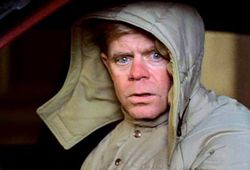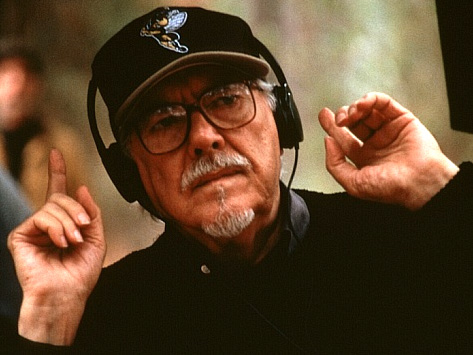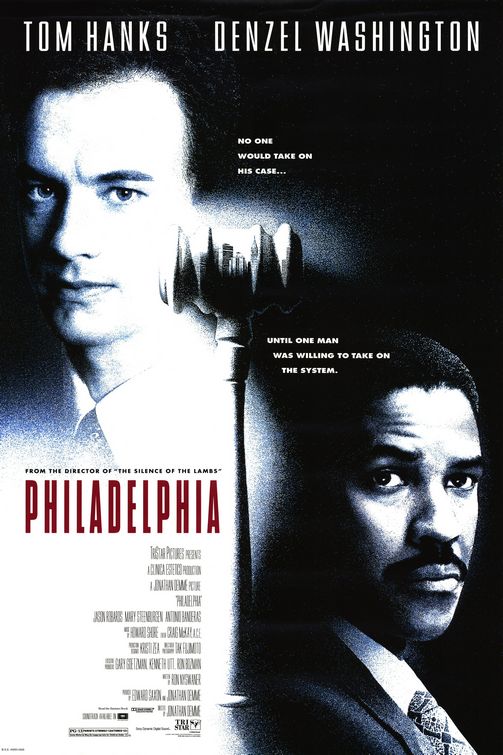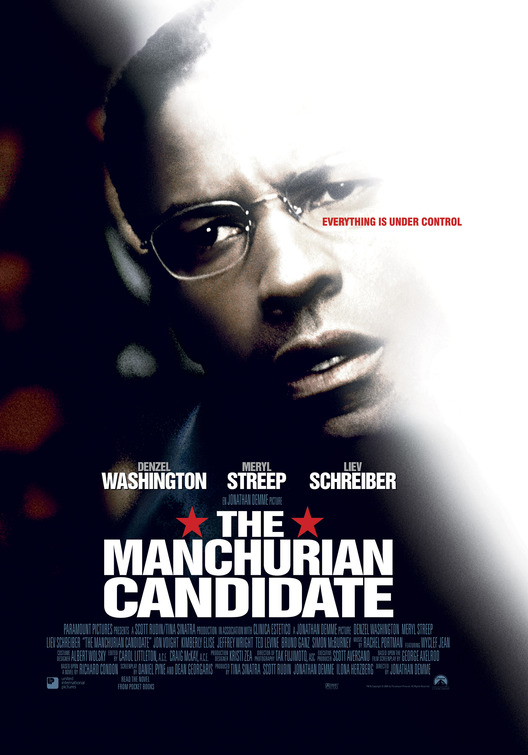
For this unit we watched No Country for Old Men, Fargo, and Raising Arizona all directed by the Cohens. So far this has been my favorite directors unit that we have studied and I can say that I was actually interested in what was going on throughout all three of these films. The Cohen's have a distinct type of personality in all of their movies that is especially brought out through Fargo and Raising Arizona. The characters are all a little strange and don't really resemble normal everyday people that you would find walking on the street. We discussed how this could be a case of the Cohens not respecting their actors and just trying to make them look stupid, but I felt that these unique characters were really interesting to watch and added to the movie. However for this post I want to write about a theme that I found to be very important in all three of the movies.
Throughout all three of these movies money is the main thing that drives the characters to doing whatever it is they do. For example in No Country for Old Men the entire plot revolves around Anton chasing down Moss for stealing the briefcase full of money from the Mexicans. While we learn that Anton isn't really all that greedy and doesn't care as much about the money but rather his principles, none of this would have occurred in the first place if it hadn't been for Moss finding the briefcase. Another example of money being the plot of the the entire film was in Fargo. The entire movie revolves around Jerry Lundergard's plot to make a load of money from an insurance plan on his wife. The movie then unfolds by showing all the consequences of Jerry's plan and all the innocent people that end up getting killed in the process. If he hadn't wanted the money from the insurance plan there wouldn't be anything to make a movie about. Finally money is important in Raising Arizona because if Ed and H.I. would have had money to begin with they wouldn't have had to steal a baby but rather could have bought one illegally form Mexico or something instead.
Because of all these examples I really think money is a huge focus in the Cohen's films and that the plot's of the three movies we watched all revolved around money and people wanting it.





